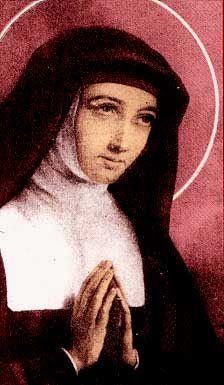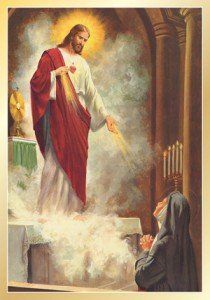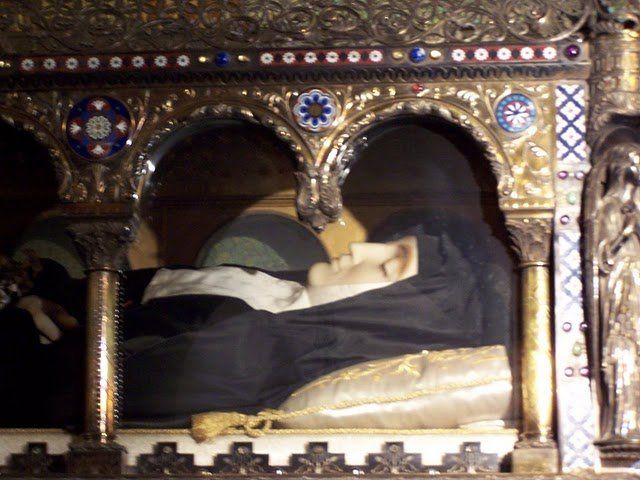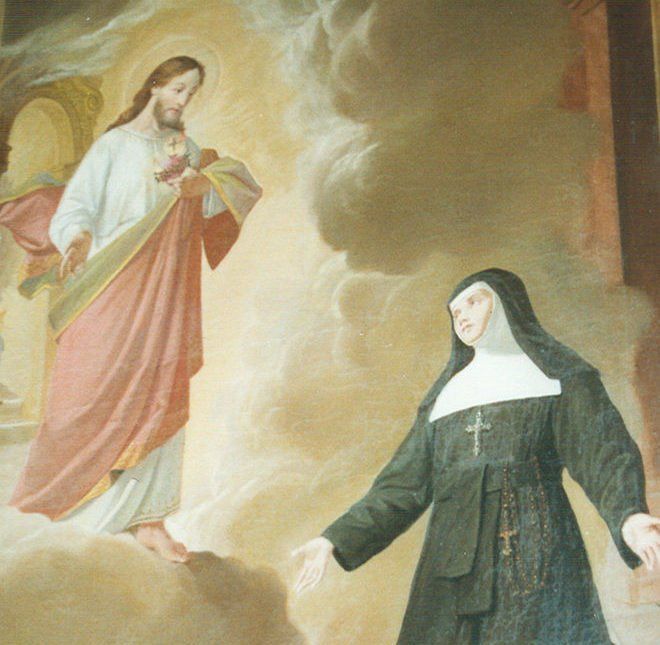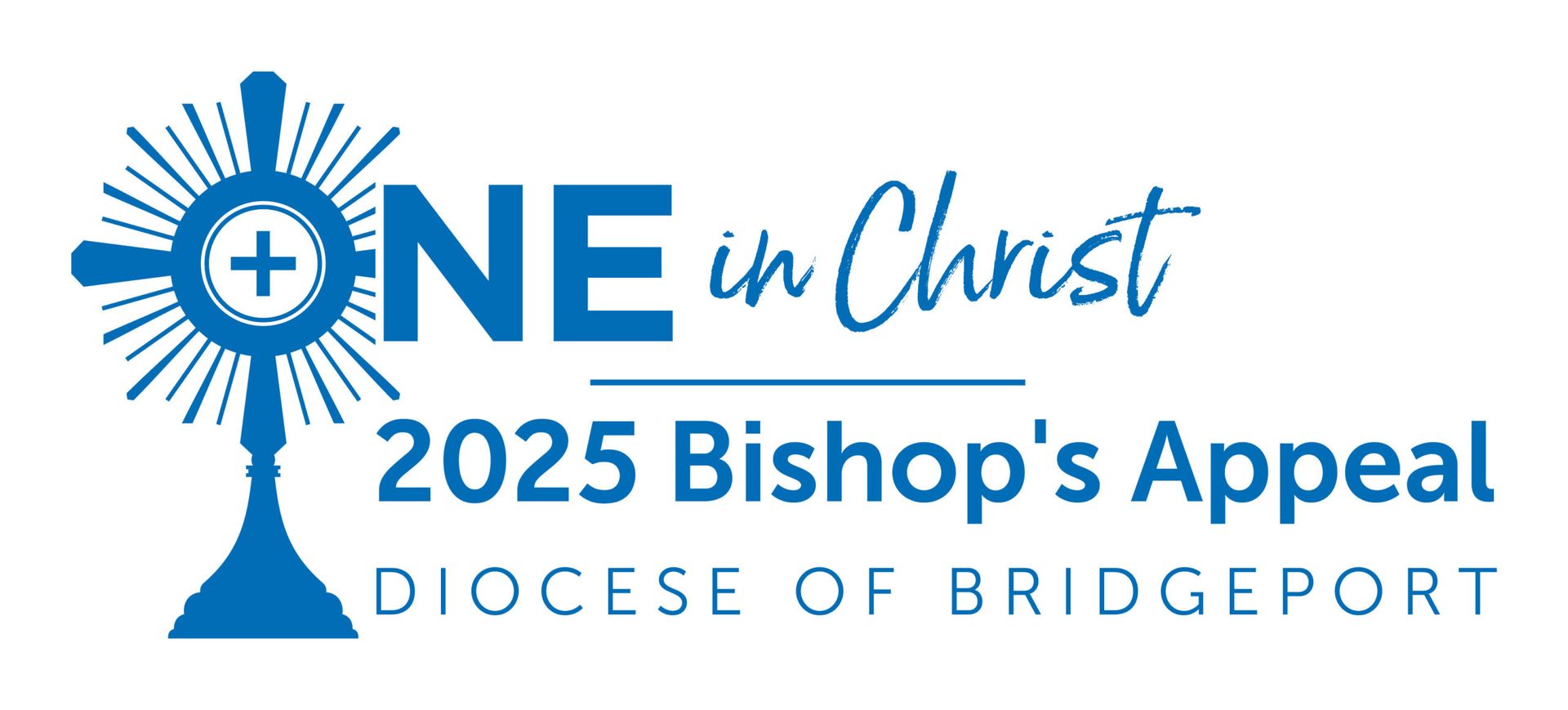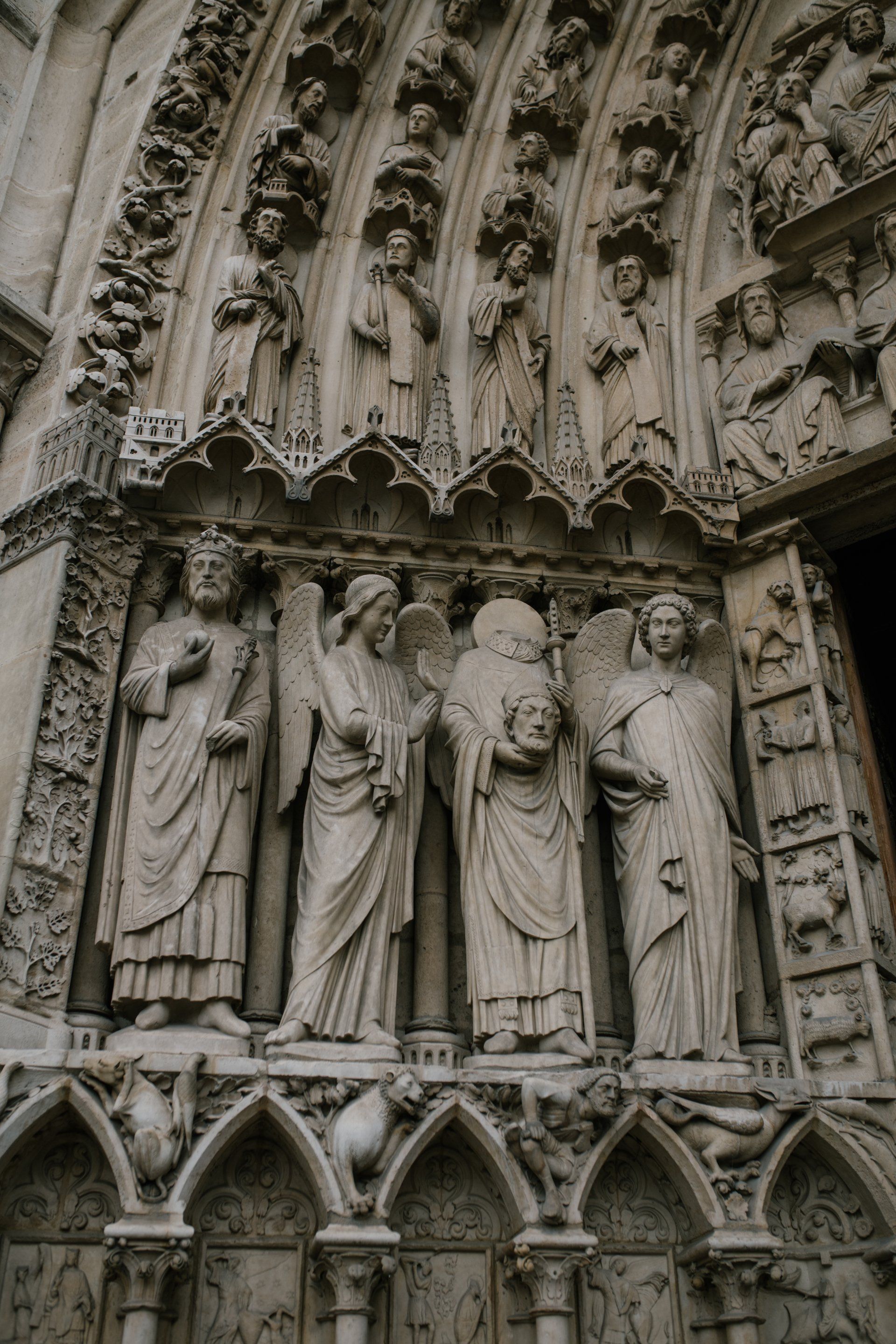Marguerite Alacoque was born in 1647 in France, the only daughter of Claude and Philiberte Lamyn Alacoque, who also had several sons. From early childhood, Margaret was described as showing intense love for the Blessed Sacrament, and as preferring silence and prayer to childhood play.
After her First Communion at the age of nine, she practiced in secret severe corporal mortification until rheumatic fever confined her to bed for four years. At the end of this period, having made a vow to the Blessed Virgin to consecrate herself to religious life, she was instantly restored to perfect health. In recognition of this favor, she added the name Mary to her baptismal name of Margaret. According to her later account of her life, she had visions of Jesus Christ (which she thought were a normal part of human experience) and continued to practice austerity.
Alacoque lost her father at a young age and the family’s assets were held by a relative who refused to hand them over, plunging her family into poverty. During this time, her only consolation was frequent visits to pray before the Blessed Sacrament in the local church. When she was 17, however, the family regained their fortune and her mother encouraged her to socialize in the hopes of her finding a suitable husband. Out of obedience, and believing that her childhood vow was no longer binding, she began to accompany her brothers to social events, attending dances and balls.
One night, after returning home from a ball dressed in her finery, she experienced a vision of Christ, scourged and bloody. He reproached her for her forgetfulness of Him; yet, He also reassured her by demonstrating that his Heart was filled with love for her, because of the childhood promise she had made to his Blessed Mother. As a result, she became determined to fulfill her vow and entered, when almost 24 years of age, the Visitation Convent at Paray-le-Monial, intending to become a nun.
A fellow novice described Margaret Mary as humble, simple and frank, but above all kind and patient. It is said that she was assigned to the infirmary but was not very skillful at her tasks.

